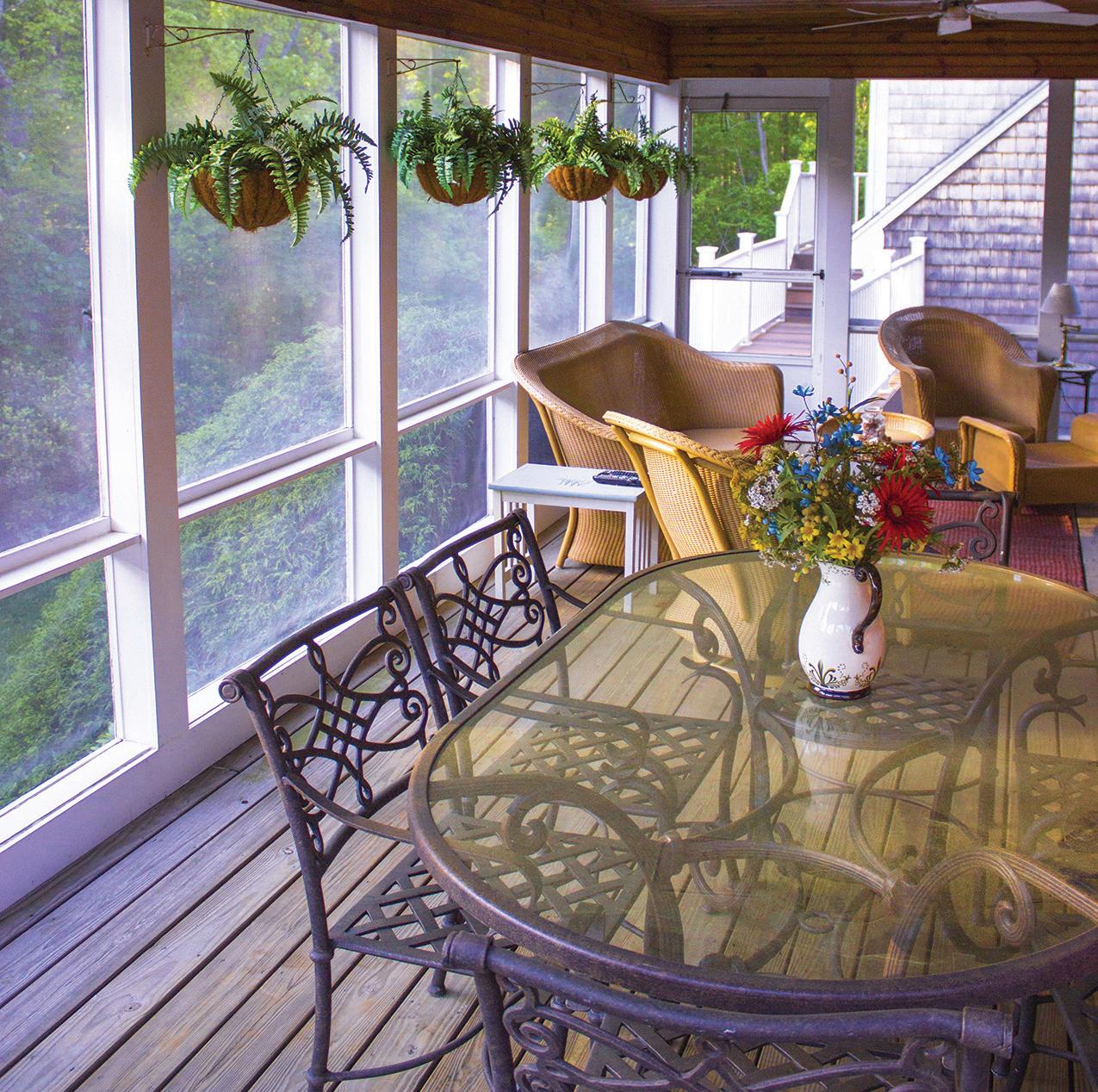WHAT TO KNOW BEFORE
Planting Around Your Property
W
hen planning a landscape, it’s tempting to pick the most colorful, vibrant plants. An eye-popping property filled with yellows, purples, pinks, and other bold colors is sure to catch anyone’s eye. However, the right plant for a property is not always the most colorful. Gardening novices can easily be overwhelmed on a trip to their local garden center, where employees may ask a host of questions that have little to do with homeowners’ preferences and everything to do with the growing conditions around their properties. Those questions may seem a little intense, but they’re well-intentioned. Successful gardening is more about soil conditions and access to sunlight than it is about the plants themselves. An awe-inspiring hydrangea bush will only impress if it’s planted in a location where it can thrive. The Landscape, Nursery and Urban Forestry program at UMass Amherst Extension advises homeowners to learn about the following site conditions, and ultimately share that knowledge with local garden center representatives, before they pick and plant anything around their properties. Knowledge of various conditions prior to planting can save homeowners the cost of replacing plants and the hassle of dealing with plants that don’t take.
Facts to know before planting around your property HARDINESS ZONE
The Plant Hardiness Zone Map from the U.S. Department of Agriculture is designed to help gardeners determine which plants are most likely to thrive where they live. The map can be found on the USDA website at www.usda. gov. • Light availability, intensity, and duration, from full sun to deep shade: Prior to planting, homeowners can document this information in a notebook or on their smartphones. Do so for a long enough period of time that you can get an accurate of idea of the conditions in which plants will have to grow, and then take that information with you to the garden center where you will buy your plants. Employees can then use this info to help you find the right fit given the light conditions. • Water availability, both quantity and quality, as well as ease of access • Exposure to wind and temperature extremes • Exposure to weather events, snow loads, erosion, and flooding: Garden center employees can likely recommend plants based on traditional weather patterns in a given area.
SOIL TYPE, DRAINAGE AND COMPACTION
Homeowners can take note of any areas of their property where water pools or the ground feels especially soggy after rainfall. Share this information with garden center employees prior to picking plants for such areas. If soil appears compacted, aeration prior to planting may be necessary. • Competition from existing vegetation, keeping in mind the roots underground that you can’t see
ABOVE GROUND WIRES OR OBSTRUCTIONS
Trees will grow up, and the presence of power lines or other obstructions may threaten the trees or prove dangerous if trees eventually grow into or hang over power lines.
14| PONTOTOC HOMES


